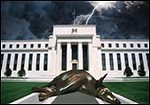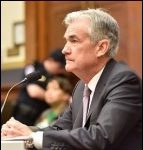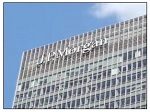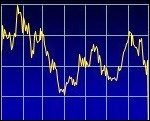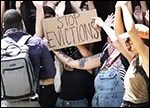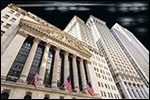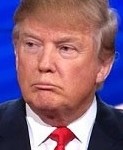
By Pam Martens and Russ Martens: September 12, 2020 ~ So far this year, the mega Wall Street bank, Citigroup, has lost 37 percent of its market value – outpacing peer banks like Morgan Stanley, Goldman Sachs, JPMorgan Chase and Bank of America. (See chart below.) Then there was the fat finger in August in the back office of Citigroup that wired $900 million by mistake to pay off the entire principal balance of a Revlon bond instead of making just the payment of interest on the bond. Citigroup is now embroiled in lawsuits with the Revlon lenders, attempting to get them to return the money. According to Institutional Investor, “a total of $526.4 million has yet to be returned” as of August 27. The lenders are refusing to return the funds to Citigroup on the basis that Revlon owed them the money anyway because Revlon had improperly changed the … Continue reading


